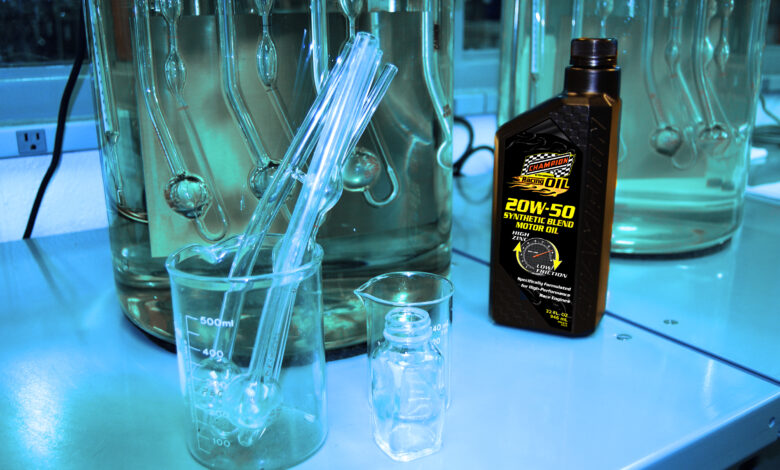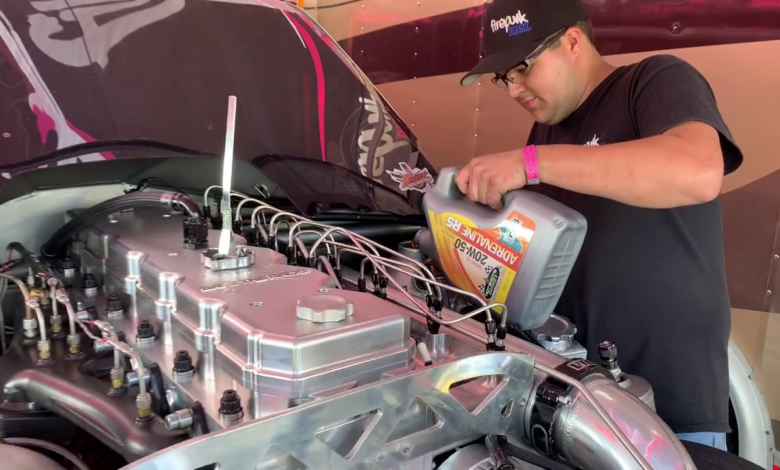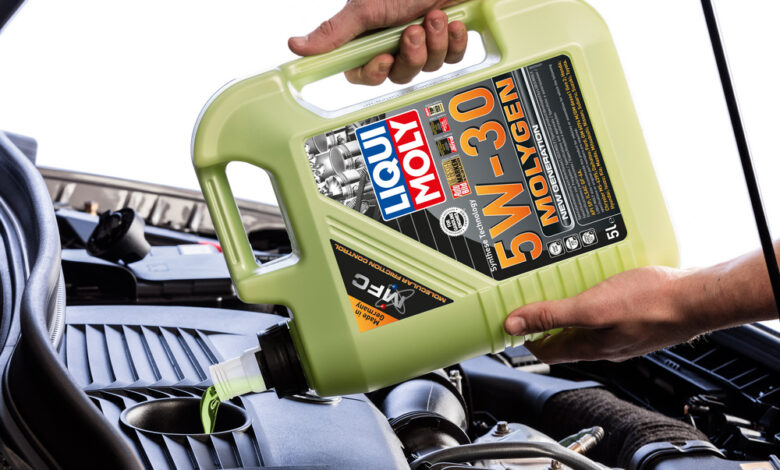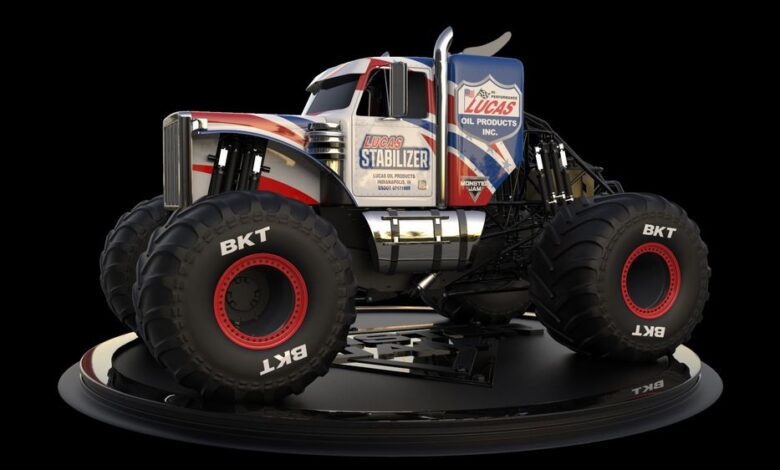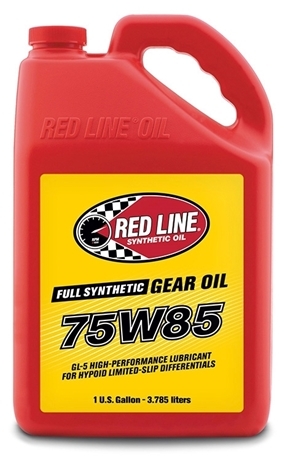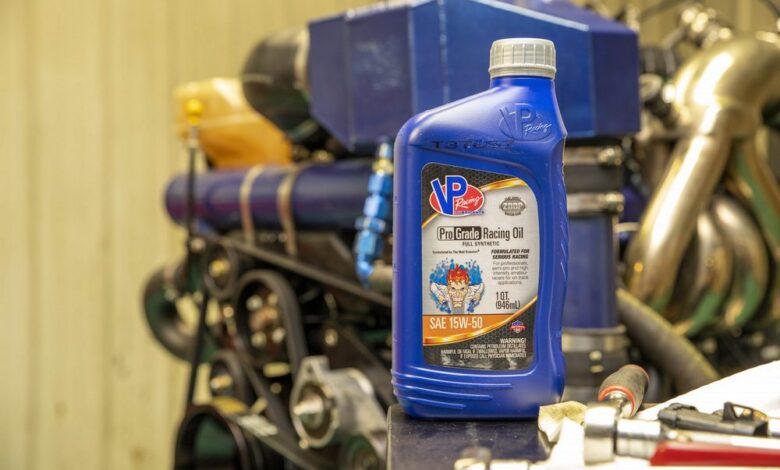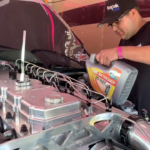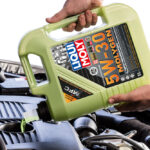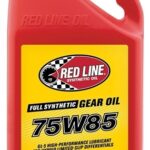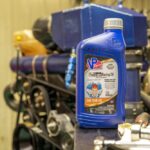Filling the Funnel with Performance Oils & Fluids
Slick products offer real gains.
This article originally appeared in the January 2023 issue of THE SHOP magazine.
Performance oils and fluids are protection for your customer’s power investments. Engineered for specific uses and backed by lab and real-world testing, these products are a fun and vital part of a speed shop’s offerings.
From supply chain issues to common misconceptions, there’s currently a lot to talk about when it comes to performance oils and fluids. Suppliers and manufacturers are happy to share their observations.
LINKS IN THE CHAIN
It’s supply chain issues—and a little bit the rise of EVs—that’s top of mind for most performance oil companies these days.
“Supply chain issues are having a large impact on the performance oils and fluids market,” says Josh Steinmetz, eCommerce and brand manager for Hot Shot’s Secret/Lubrication Specialties. “Prices of base oils and additives have risen drastically, and availability is an issue leading to backorders and delays in shipments. Manufacturers and distributors/shops alike are being forced to buy in large quantities just to keep product available while they wait for additional supply.”
And no one’s been immune, says Art Kendrick, sales director at Red Line Oil.
“Everything related to manufacturing/packaging has been impacted, with reduced availability and historic price increases,” he says.
Richard E. Glady, director of sales, lubricant division at VP Racing Fuels, outlines some of the specifics.
“The industry has realized 12 price increases over the past two years, force majeures were implemented by a number of major oil and additive companies, and there’s been a shortage of labor to unload parked ships, along with truck driver and rail car shortages that have all led to delays and increased shipping costs,” Glady says, adding that “engine designs continue to change, often with tighter clearances, forcing lighter-viscosity oils and additional performance demands on the performance oils.”
Challenges include obtaining the ingredients needed to create high-performing specialty offerings, says Brandon Greene, customer service manager for Lucas Oil.
“One factor that impacted us was the ability to get the additives we needed to blend our performance fluids,” he says. “Things have gotten much better, but for a while it was difficult getting those products.”
Of course, one of the unfortunate results has been increased costs.
“The volatile lubricants market is still having raw material/supply chain issues that have created some availability problems along with higher prices,” notes Scott Baubie, director of motorsports for Champion Oil/Hi-Tech Lubricants, a division of PLZ Corp.
Once it’s all settled, the industry will then likely turn its attention to the increasing number of EVs coming to market, predicts Sebastian Zelger, CEO of LIQUI MOLY USA, when asked about the outside factors most affecting the market.
“Electric mobility, because the fluid demand is lower and less frequent.”
MORE TO LEARN
Suppliers explain there are plenty of misconceptions and lots of false information surrounding the performance oils and fluids market. One of the biggest issues is that many people believe they know more than they actually do.
“A general consumer mindset—and a misconception—is that all oil is oil,” says Baubie.
Zelger expounds.
“Customers don’t understand that motor oil is not a universal lubricant anymore like it was in the past, but a fluid spare part that needs to fit precisely to the specific engine,” he says, noting LIQUI MOLY hosts a specification guide on its website to help direct buyers to the proper product for each application.
Of course, performance industry suppliers have spent years developing and testing advanced offerings.
“There have been a lot of improvements over the years and the quality of the oils has come a long way,” says Greene. “Performance oil can help an engine last longer, perform better and even make more power.”
This means that speed shops and builders can emphasize and expand their product lines to achieve greater results, Glady believes.
“Often shops are only willing to add one or two SKUs, thinking that the product will move only to a select customer base and they will not make money selling the product,” he observes. “Performance oils and fluids provide increased margins to the shop as compared to mainstream products. In addition, they offer products to a loyal customer base and an opportunity to cross-sell other products.”
With those multiple visits comes a necessity to understand what’s needed and when, Steinmetz says.
“Many end users and shops alike often change performance oils and fluids at the wrong intervals. Many have the misconception that ‘my oil will only last X number of times down the track’ based on the behavior of fluids of years past,” he says. “Doing an oil analysis is a great tool to understand the fluid’s health and longevity. Once the proper drain interval is discovered, care can be taken to find other weak points in the race program.”
Finally, in a surprising plot twist, the availability and use of performance fluids can be expanded to less power-hungry applications.
“A common misconception is that these products are only for use in performance applications,” notes Kendrick. “Performance oils and fluids give every application better anti-wear protection with additional benefits such as increased fuel economy and horsepower gains. For vehicles outside of warranty, extended oil drains are an additional benefit as well.”
SLICK SALES TECHNIQUES
When looking to increase sales in the performance oils and fluids market, Steinmetz from Hot Shot’s Secret suggests starting with the clients you already have.
“Customer retention is a growth opportunity. Performance oils often have results that can be quickly recognized by the end user. While the wear protection really cannot be seen without doing an oil analysis, the performance increases should be identifiable early on—such as increased power, improved fuel economy, lower operating temps and improved torque,” he says. “When the customer gets noticeable results quickly, the shop has gained a loyal customer. By offering high-quality, proven performance fluids and oils, a shop has the opportunity to upsell, build a valuable new revenue stream and serve as a trusted advisor for repeat business.”
Such relationship building requires trust, notes Baubie from Champion Oil.
“Oils and lubricants are unique products that are widely misunderstood. Educating consumers on value instead of front-end price or lowest price purchasing is important, especially for longevity and performance. With the internet, everyone seems to become subject matter experts on everything and value nothing.”
A wide selection is also important, says Lucas Oil’s Greene.
“Offer the customer different products rather than just carrying two or three performance oils. Most manufacturers offer many different weights of oils along with synthetic, semi-synthetic and conventional oils. The performance fluids market has grown over the years, and it is important to keep up with what’s new and what the customer is looking for.”
Once you have strengthened your sales of oils and fluids, you can then branch out to related products, adds Red Line’s Kendrick.
“Achieve higher margins by selling services with your performance oils,” he suggests. “Upsell opportunities with other products include coolants and additives with radiator sales, gear oils with differential cover sales, and transmission fluids with transmissions, coolers and trans pan sales.”
A complete package has many benefits, says Zelger of LIQUI MOLY.
“Our wide range of additives and service products allows shops to create individual service packages. For example, a performance oil change comprises Pro-Line Engine Flush to clean the oil system right before the oil change, the right oil for that car and finally Cera Tec added to the fresh oil because it protects the engine from wear and tear, reduces friction and thereby improves the power output.”
And you don’t have to stop there, as VP Racing’s Glady recommends widening your scope.
“It’s important for shops to connect with the racing community as well as the classic car market,” he says. “Also, the powersports sector, especially the UTV/ATV niche, creates another opportunity for shop growth. In addition, expanding sales through the internet is always a possibility.”
